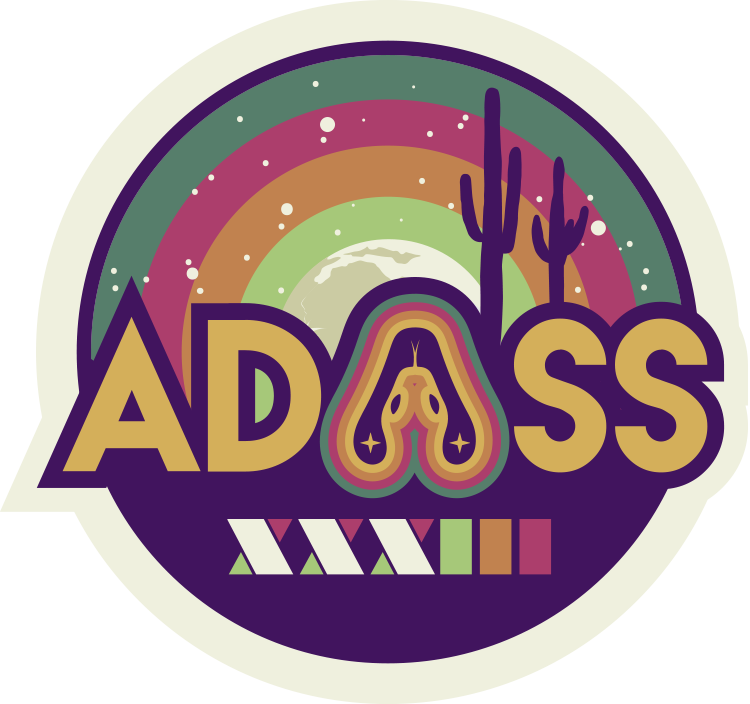ADASS posters are displayed all week
When
Theme: Cloud infrastructures for astronomical data analysis
The IVOA ExecutionPlanner is, in simple terms, an abstract service interface for a computing platform able to answer the question: “Can I run this ‘executable thing’ on this platform?”. It provides a standard interface for submitting and monitoring jobs that can be implemented in front of a range of different compute platforms.
CIRASA is a visual analytic platform for advanced source finding and classification, integrating state-of-the-art tools, such as the CAESAR source finder, the ViaLactea Visual Analytic (VLVA) and Knowledge Base (VLKB).
A key component of the CIRASA infrastructure, caesar-rest [https://github.com/SKA-INAF/caesar-rest], is a REST-ful web service for astronomical source extraction and classification using the caesar source extractor [https://github.com/SKA-INAF/caesar]. The current implementation of caesar-rest can be integrated with a number of different job management services, such as Kubernetes, Slurm, or a local Celery service. However these are all implemented as direct connections to local services, co-located with, and managed by, the same community as the caesar-rest service.
This project will explore designs for a simple ExecutionPlanner prototype that is capable of executing caesar source extractor tasks and using this to enable the caesar-rest system to make use of remote compute platforms managed by other projects.
Internally, the prototype would use the same job management services, but it would hide this behind the abstract ExecutionPlanner interface, decoupling the caesar-rest system from the details of the job management service. This would enable the caesar-rest system to act as a distributed application, using a range of different compute platforms from a community of federated services.
This project will evaluate the costs, benefits and suitability of using the ExecutionPlanner interface to provide the kind of community of federated compute platforms that will be needed to implement the wider goals of the SKA architecture.



